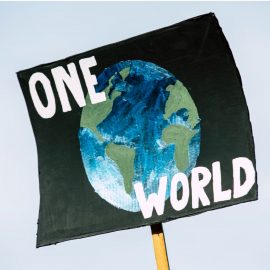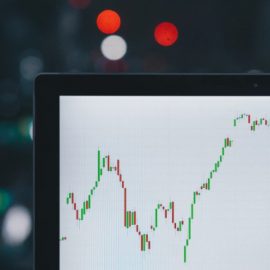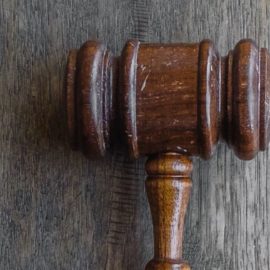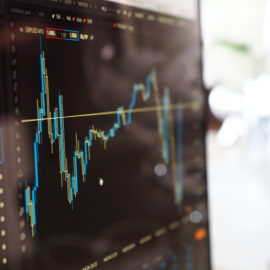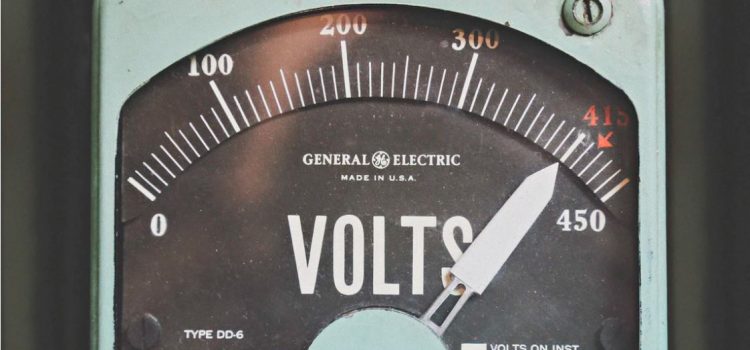
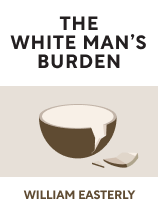
This article is an excerpt from the Shortform book guide to "The White Man's Burden" by William Easterly. Shortform has the world's best summaries and analyses of books you should be reading.
Like this article? Sign up for a free trial here .
What is economic shock therapy? What unintended side-effects can economic shock therapy cause?
Economic shock therapy is when a country removes its protectionist measures in hopes that new entrepreneurs will emerge. The goal is to take a government-controlled economy and turn it into a free-market economy. However, real-life examples proved that this method doesn’t work.
Continue below for economist William Easterly’s take on economic shock therapy.
Shock Therapy Doesn’t Work
Easterly writes that since the 1980s, a lot of aid from developed countries has been conditioned on the imposition of free-market reforms upon recipient countries. However, this approach has done far more harm than good.
Following the 1991 collapse of the Soviet Union, Western economists implemented what they called “shock treatment” or economic shock therapy, programs in Russia and other former Soviet republics—the sudden removal of protectionist measures like price controls and state subsidies and the immediate privatization of state assets. The theory was that these reforms would unleash a new age of entrepreneurship that would help these Communist bloc countries transition from authoritarian, planned economies to liberal, free-market economies.
The results, according to Easterly, were a disaster. The sudden economic liberalization in Eastern Europe in the 1990s was swiftly followed by inflation, unemployment, poverty, economic stagnation, and the rise of a plutocratic class (often drawn from the ranks of former top Soviet officials) who used their connections to buy former state-run enterprises at bargain prices.
| The Shock Doctrine, the Fall of Russia, and the Rise of Putin In The Shock Doctrine, Naomi Klein explores economic shock therapy in greater detail. She describes shock therapy as a method of (supposedly) boosting a country’s economy through rapid deregulation, privatization, and severe cuts to government spending. In reality, however, Klein argues that the practice gave rise to what she calls the “disaster capitalism complex,” a privatized system of destruction and reconstruction of national economies that funnels billions of dollars into corporate pockets. Klein notes that the collapse of the Soviet Union was a watershed historical moment that brought shock therapy to the fore—and had serious consequences for the people of Russia. Under Boris Yeltsin (the first leader of post-Soviet Russia), a team of Western-influenced Russian economists implemented an economic plan of deregulation, privatization, and reduction of government spending. Most significantly, they engineered the selloff of major national industries to wealthy buyers—oligarchs who plotted with politicians to purchase public assets at a steep discount. Most disturbingly of all, these wealthy oligarchs paid for the assets out of bank accounts created by government officials and funded by public money. In his bestselling memoir, A Promised Land, former President Barack Obama makes a connection between the rise of Russian President Vladimir Putin (Yeltsin’s successor) and these failed attempts at economic and political liberalization. Obama describes Putin as an authoritarian figure who rode the popular backlash against the country’s decline in the 1990s from a world power to an impoverished, indebted, and dysfunctional state following its collapse and the sudden imposition of market reforms. By the time Obama came to office in 2009, Russia under Putin had reversed many of the limited, Western-backed steps toward democracy—in many ways, slipping back into authoritarianism. The Putin regime has been known to jail political opponents on trumped-up charges, while much of the nation’s economic power continues to rest in the hands of Putin-connected crony capitalists. Obama writes that Putin’s political style was to position himself as a ruthless strongman, committed to restoring Russia to its former glory—with over-the-top masculine displays, blatant homophobia, and chauvinistic gestures toward Russia’s ethnic and religious minorities all forming central elements of his political pageantry. Indeed, commentators have argued that Putin’s primary ideology is to “make Russia great again,” a theme that Putin-controlled state propaganda has aggressively reinforced by presenting Putin himself as a unique historical figure who can restore the nation to its former glory. |

———End of Preview———
Like what you just read? Read the rest of the world's best book summary and analysis of William Easterly's "The White Man's Burden" at Shortform .
Here's what you'll find in our full The White Man's Burden summary :
- How the global humanitarian aid system is fundamentally flawed
- Why bottom-up aid models work much better than top-down models
- Why the West can't change bad governments

